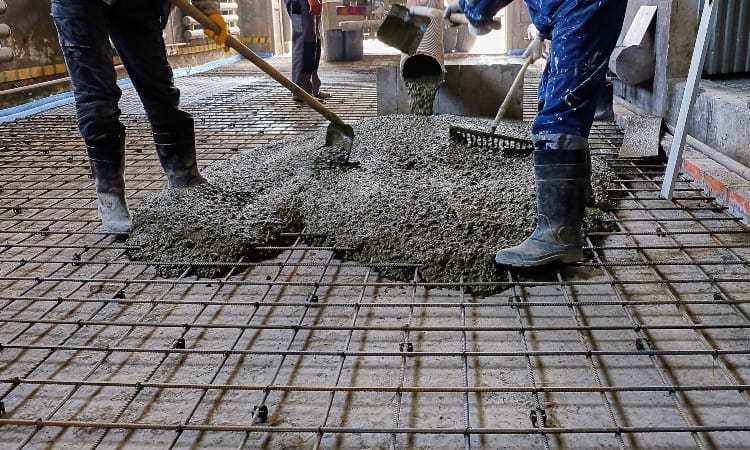The Benefits of Concrete Slab Floors
November 20, 2023
They support walls, beams and columns as well as help stabilize the structure while making installation of floor finishes simpler.
Thermal mass works more effectively when exposed and not hidden under carpet or rugs, and natural ventilation should be made available to allow heat dissipation during hot summer nights.
Durability
Concrete slab floors are durable and resilient to environmental changes, providing fire, heat, acoustic benefits and minimal maintenance requirements. While they may crack due to uneven loads or settlement, this issue can be avoided by making sure the soil underneath the slab can support its load adequately.
Floor slabs serve the function of evenly dispersing loads applied to them onto weaker subgrade below (if designed as a ground bearing slab) or piles supporting it (if designed as suspended ground slab). Different facilities require floor slabs with different properties. Concrete house slabs Melbourne floors are an integral component of any building.
Installation of a slab edge insulator is recommended in cold climates to stop warmth escaping the slab and into the atmosphere, and to design floor systems to allow natural ventilation – particularly upper storeys – so that heat dissipation occurs and night-time sleeping comfort can be maintained without needing air conditioning.
Aesthetics
Concrete floors can be decorated in many ways to give them a distinct appearance, from staining and dyeing, to polishing. Stains create translucent finishes with an Old World aesthetic while dyes offer more vibrant hues. Color can be added either during mixing or post-pouring of slab, and testing should always take place beforehand in an inconspicuous spot to make sure results meet expectations.
Concrete floors offer several advantages over their wooden counterparts when it comes to moisture protection, as they don’t require extensive sealing to stay intact and keep damage at bay. However, they may need periodic refinishing.
Polished concrete floors have become an increasingly popular choice in retail environments, where their glossy surface matches well with modern fixtures and furnishings. But these polished floors can also make an excellent addition to homes; their raw texture pairs nicely with materials like jute rugs or indoor trees for an authentic vibe that has grown increasingly desirable among contemporary homeowners.
Easy Maintenance
Concrete floors don’t require the addition of another surface in order to look beautiful; their slab itself can be polished or honed for an eye-catching aesthetic, or stained or dyed with different hues and patterns to fit with any style or aesthetic.
Although concrete floors require maintenance, their upkeep is relatively straightforward. While not requiring daily sweeping or vacuuming like other floor materials do, concrete should still be regularly swept or vacuumed for best results. To keep its appearance in top condition, concrete can also be resealed every few years to maintain its newness.
Concrete has low tensile strength, so to increase its capacity it must be reinforced with steel rebar. Additionally, adding this extra reinforcement is often useful to reduce cracking. Honing also creates a high sheen finish but care should be taken when doing this process as any moisture from moisture loss could compromise durability and traction.
Cost
A concrete floor slab can serve as a solid and reliable foundation for wood flooring, providing outstanding moisture resistance while helping insulate your home, thus decreasing heating and cooling costs.
Concrete floor slabs are specifically engineered to withstand heavy foot traffic and remain durable over time. When polished properly, their surfaces become stain- and dirt-repellent for easier care and maintenance. A professional installer will ensure the sealant and protection from environmental factors are in place so as to minimize damages over time.
Finished floors are often applied directly over concrete slabs and can be tiled, sanded, stained or painted for aesthetic purposes. Low maintenance requirements typically make these floor finishes easy to care for – regular sweeping/mopping/vacuuming should keep them looking their best!
Subterranean slabs may be installed beneath washrooms and laundry areas to encase sewerage pipes, and require special care in their construction to avoid future dampness or water leakage. Engineered concrete slabs can be made using saw cuts known as control joints to reduce cracking risks.
